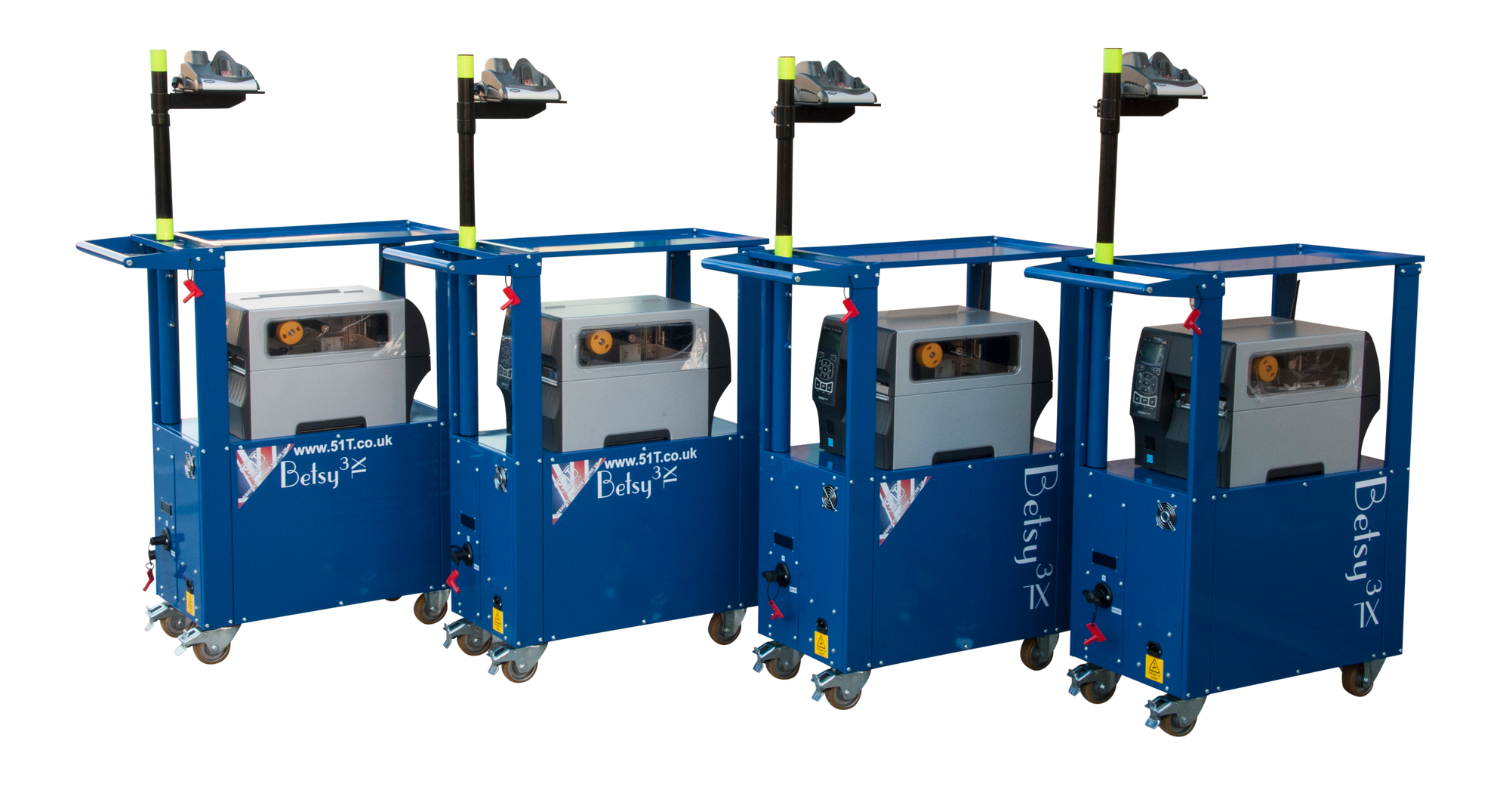As pressure grows for warehouse managers to speed up production and reduce cost – the argument for warehouse automation shifts from why to when. Since few businesses today operate without some form of technology, warehouse automation provides a powerful way to increase efficiency while cutting costs. But it isn’t a perfect process. In this article, we look at the headline pros and cons of warehouse automation – and what it means for business.
The case for warehouse automation
The reality is that most modern warehouses use automation in one form or another. Automation that supports processes such as the application of barcode technology, WMS (Warehouse management systems) and mobile data tracking is more widely applied. Whereas physical automation such as the use of AI and robotics are still at the early stages of adoption.
For warehouses on the fringe of automation, evidence from current practitioners shows that automating the warehouse helps to increase productivity, allowing for greater labour cost efficiencies and growth in revenues. Positives range from better control of headcount, reduced risk of human error to maximisation of warehouse space.
There are many other benefits but ultimately, having the capability to speed up your distribution process is perhaps the biggest positive in regards to warehouse automation. And when you combine the ability to increase productivity, reduce costs and increase revenue you may wonder why automation is not common practice.
The Cons of Warehouse Automation
Automation is good, but the other side of the coin is the negative impact on people. Whether it’s the implementation of process or physical automation, how people feel about automation and the changes to their jobs can impact morale: leading to a decline in productivity.
Even giants like Amazon are experiencing the growing pains of automation. But unlike Amazon who is leading the sector in the application of physical automation, the majority of warehouse operators do not have the resources to absorb the short-term impact. For smaller warehouse operations this is especially worrisome particularly when productivity is heavily reliant on speed to market.
Whether it’s an investment in retraining employees or hiring new people to help make the transition smoother – the inevitable growing pains in regards to productivity is likely to drive an increase in cost… at least in the short term.
The Pros and Cons of Warehouse Automation
On one hand, the opportunity to increase productivity, lower labour costs and boost revenue are obvious. And on the other, the resulting change in daily operations impact employee morale which directly impacts productivity. Yet despite the growing pains, the inevitability is that warehouse automation is the future of warehousing. How and when you make that transition relies on sound investment in the right type of automation – get this right and warehouse automation could be your best investment in 2020.
51T enterprise has been developing innovative solutions for rugged environments for over a decade, our mission is to help warehouses work smarter by producing hardware that enables productivity and drives efficiencies seamlessly. Wherever you are in your automation journey, 51T has a solution that can work for you.



